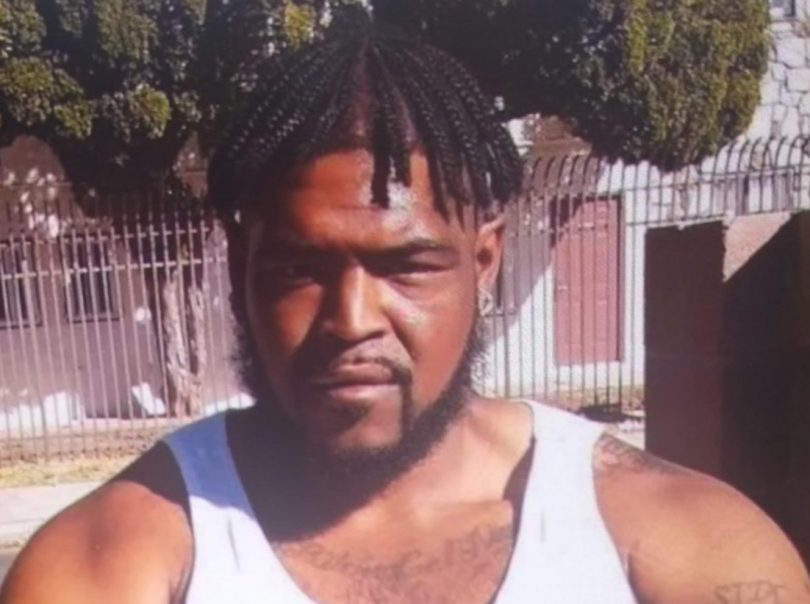I've seen bike helmets that don't have vents. I simply can't imagine riding one: Even with my latticework casque, I sweat when the temperature or humidity rises.
On the other hand, those vents let in the cold and rain. The former isn't such a problem as long as you can fit a balaclava, beanie or some other form-fitting form of insulation under your helmet.

On the other hand, those vents let in the cold and rain. The former isn't such a problem as long as you can fit a balaclava, beanie or some other form-fitting form of insulation under your helmet.
The rain is another story. I've worn shower caps or even plastic bags under my helmets. They're fine for keeping your head dry, but not very comfortable when it's warm and raining.
And, even if you keep your head dry, there's still the rest of you. Do you wear a full rain suit? A poncho? Or do you need only to cover your shoulders and upper torso?

Hmm...Maybe this headgear could be made to ANSI specifications.
Could it also be made with a COVID mask--or even one of the face shields I've seen on a few people?
















